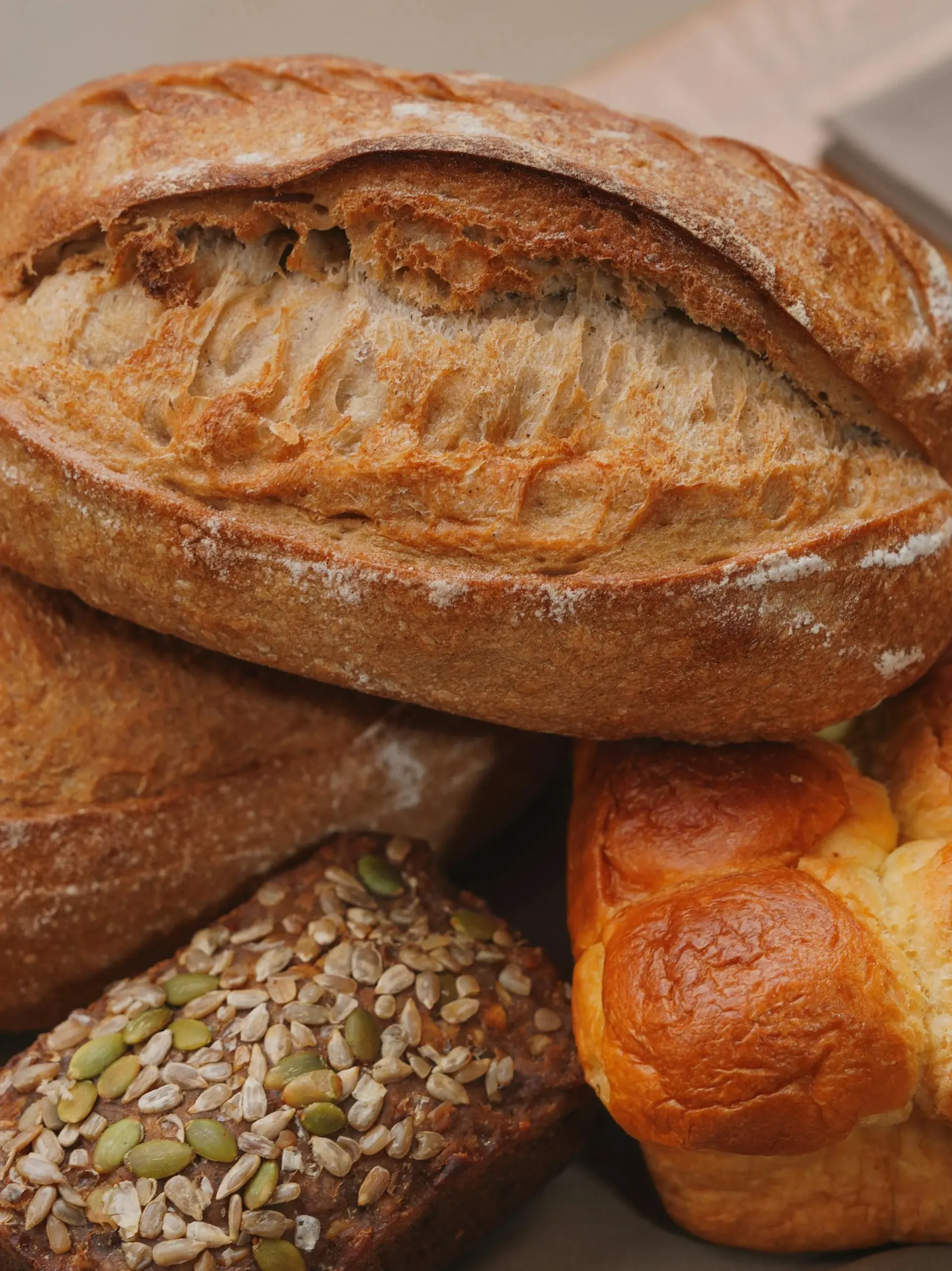Gluten Free Sourdough Bread: Easy Recipes and Tips
table content
Table of Contents
Opening (Emotionally Resonant Introduction)
For many bread lovers, baking your own loaf is more than just cooking—it’s comfort, tradition, and nourishment. But if you’ve discovered a gluten sensitivity or live with celiac disease, you may have thought sourdough was off the table. That’s why learning to bake gluten free sourdough bread can feel life‑changing. Imagine the warm, tangy aroma filling your kitchen and slicing through a crispy crust to reveal a chewy, flavorful crumb—all without gluten. This guide gives you the step‑by‑step instructions, ingredient tips, and recipes you need to fall in love with sourdough again.
H1: Gluten Free Sourdough Bread Guide
H2: What Is Gluten Free Sourdough Bread?
- Definition of sourdough and its unique fermentation process.
- Differences between traditional sourdough and gluten-free sourdough.
- Benefits for gluten-sensitive or celiac diets.
- Nutritional advantages: easier digestion, beneficial bacteria, rich flavor.
H2: Essential Ingredients for Gluten Free Sourdough Bread
- Gluten-free flour blends: Brown rice flour, sorghum flour, buckwheat, teff, oat flour.
- Binders and texture enhancers: Psyllium husk powder, xanthan gum, ground flaxseed.
- Sourdough starter alternatives: How to make and maintain a gluten-free starter.
- Liquids and fats: Water, olive oil, honey or maple syrup for subtle sweetness.
H3: Ingredient Substitution Table
| Ingredient | Gluten Free Alternative | Purpose |
|---|---|---|
| Wheat flour | Brown rice + sorghum mix | Structure |
| Yeast boost | Gluten-free sourdough starter | Fermentation |
| Gluten (elasticity) | Psyllium husk powder | Binding dough |
| All-purpose flour | Gluten-free premade blends | Convenience |
H2: Step-by-Step Gluten Free Sourdough Recipe
- Preparing your starter (4–7 days).
- Mixing and hydrating the dough.
- Kneading and resting: how GF dough behaves differently.
- Shaping and proofing tips.
- Baking with steam for a crisp crust.
H3: Recipe Ingredients (Table Format)
| Ingredient | Quantity | Notes |
|---|---|---|
| Brown rice flour | 200g | Base flour |
| Sorghum flour | 150g | Adds flavor |
| Tapioca starch | 100g | Improves chew |
| Psyllium husk | 20g | Acts as binder |
| Active GF starter | 150g | Fermentation |
| Warm water | 400ml | Hydration |
| Salt | 10g | Flavor balance |
H3: Baking Instructions
- Mix dry ingredients and psyllium husk into water until gel forms.
- Stir in starter and remaining flour blend until sticky dough develops.
- Let rise in covered bowl 6–12 hours.
- Shape with wet hands, place in proofing basket.
- Bake at 230°C (450°F) in Dutch oven for 45 min, lid on first half.
- Cool completely before slicing.
H2: Tips for Success with Gluten Free Sourdough
- Always weigh ingredients for accuracy.
- Use room-temperature water to avoid shocking starter.
- Patience is key—gluten-free dough rises more slowly.
- Keep the starter healthy with regular feedings.
- Experiment with flour blends for unique flavors.
H2: Common Mistakes to Avoid
- Using too much water (dough becomes gummy).
- Skipping psyllium husk (results in crumbly loaf).
- Overproofing (dough deflates and bakes dense).
- Cutting before it cools (destroys texture).
H2: Variations of Gluten Free Sourdough Bread
- Seeded sourdough: Add sunflower, chia, or pumpkin seeds.
- Herb sourdough: Mix in rosemary, thyme, or oregano.
- Sweet variation: Incorporate raisins, cinnamon, and honey.
H2: Gluten Free Sourdough FAQ
- Is gluten free sourdough bread healthy?
Yes, it’s easier to digest, rich in nutrients, and suitable for gluten-free diets. - Can you make a sourdough starter without gluten?
Absolutely—using brown rice flour, buckwheat, or sorghum flour makes an active starter. - Why does my gluten free sourdough turn out dense?
Often caused by poor hydration balance or lack of binders like psyllium husk. - Can I freeze gluten free sourdough bread?
Yes, slice before freezing for easy defrosting. - Does gluten free sourdough taste different?
Slightly nuttier and earthier, depending on flour blend, but still tangy and delicious.
H2: Conclusion
Making gluten free sourdough bread at home is more than a recipe—it’s a journey into artisan baking with a health-conscious twist. With the right flours, a patient starter, and a few simple techniques, you can enjoy the crispy crust, soft crumb, and tangy flavor of homemade sourdough without gluten. Every loaf you bake is proof that delicious bread has no limits.
Would you like me to expand this into a full article draft of about 2000 SEO-rich words using this outline, or just keep it as a structured outline for now?

